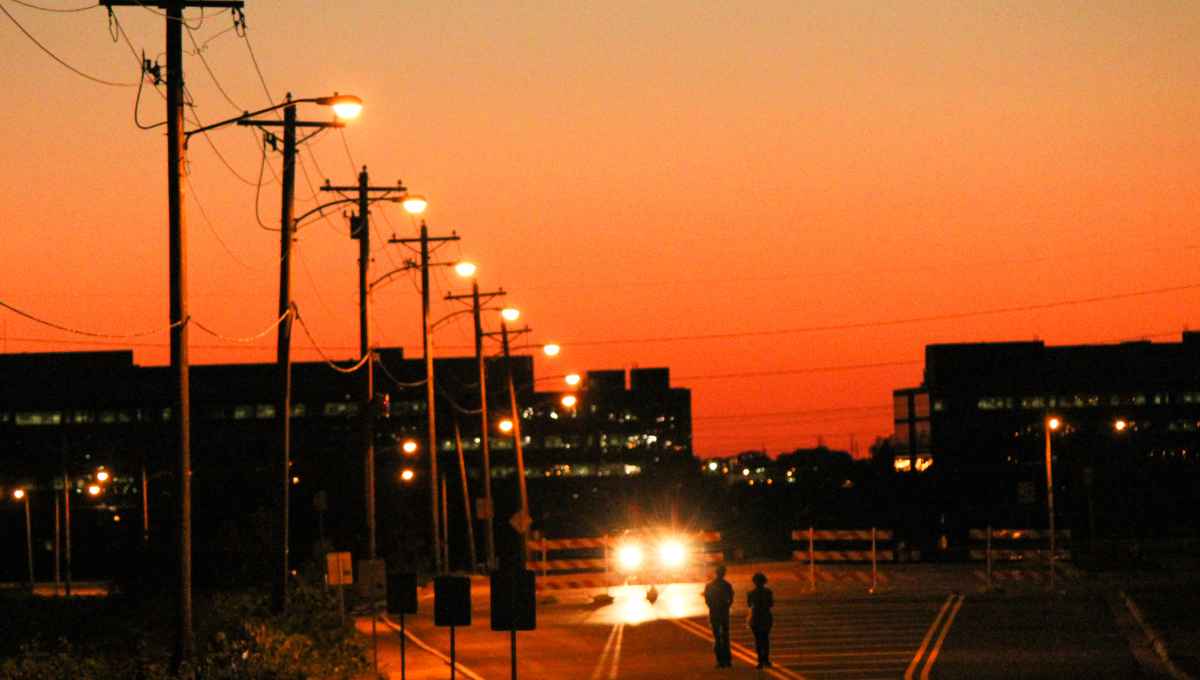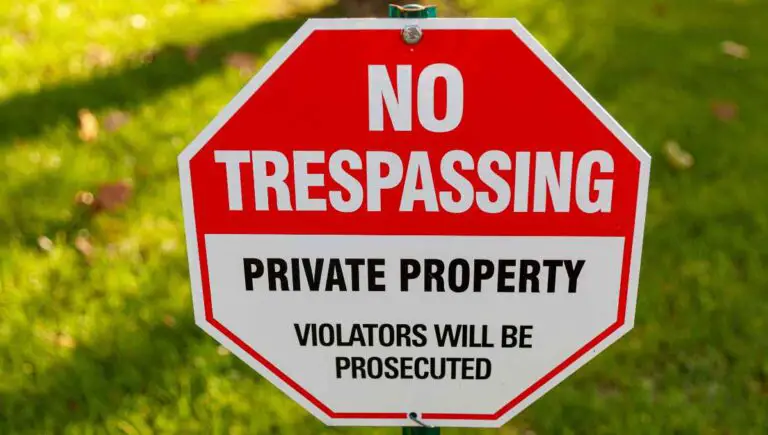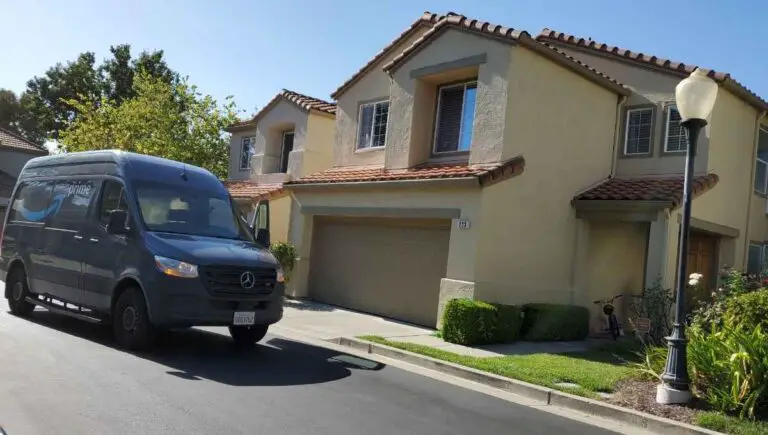Are Street Lights on a Timer? (How They Turn Themselves On)

If you’ve ever been on the road at dusk and witnessed all the street lights switching on simultaneously, you’ve probably wondered how it works. Are street lights on a timer, or does someone manually turn them on?
Street lights work on different systems throughout the world. Some work with timers that automatically flip the switch at a certain time, while others work with sensors that flip the switch when certain criteria are met.
The street light system can be more complicated than you might have thought so this article will dive into the details for you. We’ll look at both options, how the sensors work and how the timers work.
This post contains affiliate links from Amazon and other stores. This means Yard Blogger may earn a commission if you make a purchase using any of our links. Please refer to our full affiliate disclosure policy for full details.
Here’s a Quick Pro Tip!
It’s a known fact that street lights reduce the crime rate in any given area, so it’s safe to assume that outdoor lighting would do the same for your property. Outdoor lights can also have sensors to switch on automatically.
Our top picks from Amazon for outdoor lighting:
1. Motion-activated floodlight– Only turns on when it detects someone moving in your yard.
2. Light-activated floodlight– Turns on when the sun sets or the light falls beneath a specific threshold.
3. Floodlight with a camera– Perfect for surveillance and protection.
Controlling Street Lights
It’s easy to imagine someone standing in some building, looking at their watch and counting down until exactly the right time to flip the big switch and turn on the street lights. However, this picture would be quite inaccurate.
Are Street Lights on Timers or Sensors?
Street lights work on different systems worldwide since there is no universal procedure. They can work on both timers and light sensors. In the United States, most street lights are controlled by timers.
This simply means that the lights are set to turn on and off at specific times, usually when dawn or dusk is expected. In the winter, you might notice the lights switching on earlier, and in the summer they’ll switch on later.
Do Street Lights Automatically Turn On?
Street lights work on an automatic system, whether it is triggered at a certain time or with light sensors. All the street lights in a district have a main switch that can be turned on or off in the case of an emergency.
If the street lights have a photocell light sensor on top of the light, it turns on automatically when it starts to get dark, around dusk. On a timed control system, the technician sets a specific time for all the lights to turn on, usually also around dusk.
How Are Street Lights Controlled?
Some street lights are controlled with a photocell switch, which automatically switches on the light when it gets dark. You can identify these lights from a round black knob that sits on top of the light.
Most other street lights are controlled by a timer which is set to switch on the lights at a certain time. The exact time changes based on the season and location of the district, but it is also done automatically.
Do Street Lamps Have Sensors?
Some street lights have photocell sensors, which respond to the amount of light detected. So if it detects a low amount of light, it switches the street light on and the same vice versa.
Although, not all street lamps have photocell sensors. Some work on a time-controlled system and get switched on at a specific time at night. Every district has a different system for its street lights.
How Do Street Lights Get Power?
Most street lights get their power from high-voltage AC mains since they need to be bright along the roads and sidewalks. Some street lights might have solar-powered panels, but this is rare.
Street lights are usually 100W, although along the freeway, the lights might be up to 250W. LED bulbs are also becoming more popular in urban areas as they consume less energy and require less maintenance.
Street Light Automation
The system which controls street lights is usually completely automated. There might be one technician to oversee the program and ensure everything runs smoothly. Let’s look at this automation in more detail.
What Sensor Is Used for Controlling Street Lights?
Some streetlights have a photocell sensor, which changes its resistor when light shines on it. The exact science can get tricky, but in short, the sensor switches the street light on when it detects low-light conditions.
The photocell sensor is designed to reduce energy consumption by only switching the light on when it’s really necessary. Not all street lights in the United States use this sensor, though. Some are controlled on a timer to turn on at a specific time each night.
You might also enjoy our post on Who Pays For Neighborhood Street Lights
How Do You Automate Street Lights?
Street lights can be automated in various ways, although the two most common systems are automatic timers and photocell sensors. The automatic timer is set to a certain time at night to trigger the electric current and switch on the street lights in a district.
The timer system is the most common across the states. The second system makes use of photocell sensors. These sensors resist the flow of electricity when the sunlight shines on them.
However, when the sunlight dims at night, the resistor allows electricity to flow and power the street light.
How Do You Turn off a Street Light?
It is illegal to tamper with or damage a street light while trying to turn it off. It’s not your property but the city’s property and they have the right to have it on throughout the night to provide security for the community.
If you want to turn it off for any reason, you must submit a complaint to your municipal office. If the light is shining into your house, they might send a technician to install a shield over the light.
How Bright Should Street Lights Be?
In residential areas, the street lights are usually between 3000 and 5000 lumens. For highways and building perimeters, much brighter lights are used. These lights can range up to 20,000 lumens.
These bright lights are not used in residential areas since they would become a nuisance and shine into the residents’ windows. LED bulbs are known to shine much brighter than their incandescent predecessor.
Overnight Street Lights
If you have a street light right next to your yard, you’re probably acutely aware of the sharp beam shining straight through the night. This section will look at the necessity of street lights and why they are used in the first place.
Why Are Street Lights on All Night?
Street lights are on throughout the whole night to provide security to anyone walking or driving in the middle of the night. They are especially helpful in large urban cities where the streets remain busy throughout the night.
Research shows that street lights significantly reduce crime rates since perpetrators do not want to be seen. When street lights are on, they also make us feel safer walking or driving on the roads.
What Time Do Street Lights Turn On?
You can expect the street lights to come on just before dusk or just after the sun sets. The exact time will differ per district and per county since the sun sets at different times year-round.
During the winter, the lights would come on much earlier than during the summer since the sun sets much earlier during the winter. You can contact your local municipality and ask them what time their street lights are automated to turn on.
Are Street Lamps Automatic?
Street lights are set to turn on automatically at night. The lights are automated either through photocell sensors or timers, although both systems are used within the United States.
Photocell sensors automatically switch on the street light when it detects low-light conditions, indicating that the sun has set. On the other hand, the lights could work with a timer that is programmed to switch the lights on at a certain time.
How Do Street Lights Know When to Turn On?
Street lights are linked to an automated system that restricts or allows the flow of electricity. If the system uses photocell sensors, the light turns on once the sensor detects that it’s getting dark.
If the light uses a time-controlled system, the light will turn on at the exact time the technician programmed it to, no matter the light conditions outside. Streets also have a manual main switch, but this is only used in emergencies.
You might also enjoy our post on Whether You Can Legally Decorate Your Car With Christmas Lights
What Does It Mean When Street Lights Go On and Off?
If street lights suddenly turn on and off when they’re not supposed to, it could indicate a malfunction with the bulb or the light itself. You should contact your local municipal office if you notice any strange flickering street lights.
If anything is malfunctioning, they can check the system and send a technician to repair the light if necessary. You should refrain from tampering with the street light in an attempt to switch it off. You could cause damage to the pole and be held liable for the repairs.
Too Bright Light
A bright street light could cause some serious sleep deprivation, especially if you see no way to block the glare. In this section, we look at some of the best options for you to implement if you have a bright street light shining into your house.
Can You Complain About Bright Street Lights?
Most counties have codes prohibiting street lights from being a nuisance to residents. So, if a street light shines brightly into your house, you can complain to your county clerk’s office.
The municipality will most likely send a technician to install a shield over the light to ensure the beams only shine downward. If your county is not willing to help, you could invest in some blackout curtains.
Can I Remove a Street Light From My Property?
You would first need to find out who owns the pole. You can call the municipality and enquire about the street light on your property. If it belongs to the city, they most likely have an easement, and you can’t remove it.
However, if the pole belongs to you (the owner of the property), you can call an electrician to disconnect it from the grid and remove the pole. This situation is quite unlikely, though. The street light most likely belongs to the city.
Can Street Lights Be Dimmed?
Some newer LED bulbs can be dimmed between midnight and 5 am when the roads are quieter. However, these bulbs have yet to be widely used, and in most counties, they still use normal LED bulbs.
Street lights being able to dim in the middle of the night would positively affect the nocturnal animals that inhabit the area. The artificial light from the street lights confuses their sleeping and hunting patterns.
Is It Illegal to Turn off Street Lights?
It is unlawful to tamper with or destroy a street light. Unless you own the street light, you should try to turn it off. There are alternative solutions to any problem you might have with the pole.
Blackout curtains, portable shades, or a light shield are all options to reduce the glare of a streetlight. Don’t try to install a shield onto the light on your own, though. You should call the municipality to have them send someone out.
How Do I Block a Street Light in My Bedroom?
The easiest way to block the glare from a streetlight into your bedroom is to hang blackout curtains in front of your window. These curtains are designed to block any exterior light from shining into your room.
If you want extra precaution, you could install blackout blinds and blackout curtains. The glare from a street light would definitely not bother you. Alternatively, you can contact your municipality and ask them to install a shield over the street light.
Related Questions
Why Do Street Lights Twinkle in the Distance?
Street lights seem to twinkle from a distance due to the atmospheric conditions. The air density, moisture, and temperature could all cause the twinkling illusion we see at night.
The same atmospheric conditions could also cause the stars to twinkle. Although this looks pretty to us as observers of the night sky, it can be quite frustrating to astronomers. The street lights (and stars) will twinkle less in areas with fewer atmospheric disturbances.
Are Street Lights Solar-Powered?
Not all street lights are solar-powered, but as the demand for renewable energy increases, it is becoming more popular. Some counties have already upgraded to solar-powered street lights.
Most districts still rely on electric companies to supply the city street lights with energy. Some counties are moving over to solar-powered gradually. When one lamp post malfunctions, they replace it with a solar-powered post, so eventually, the whole district will be solar-powered.
Are the Street Lamps Controlled by Human Beings?
Humans program the street lights and determine the appropriate time for the system to switch them on. However, no one physically flips the switch every night and every morning. The process is completely automated.
All the street lights have a main switch, though, which can be switched off to perform maintenance or check-ups on the lights. These are only used when necessary and only accessible by authorized personnel.
Final Thoughts
Some street lights work on a timer which a technician programs, while other street lights have a photocell sensor that automatically switches the light on in low light conditions.
Every district runs a different system to power its public lighting.










